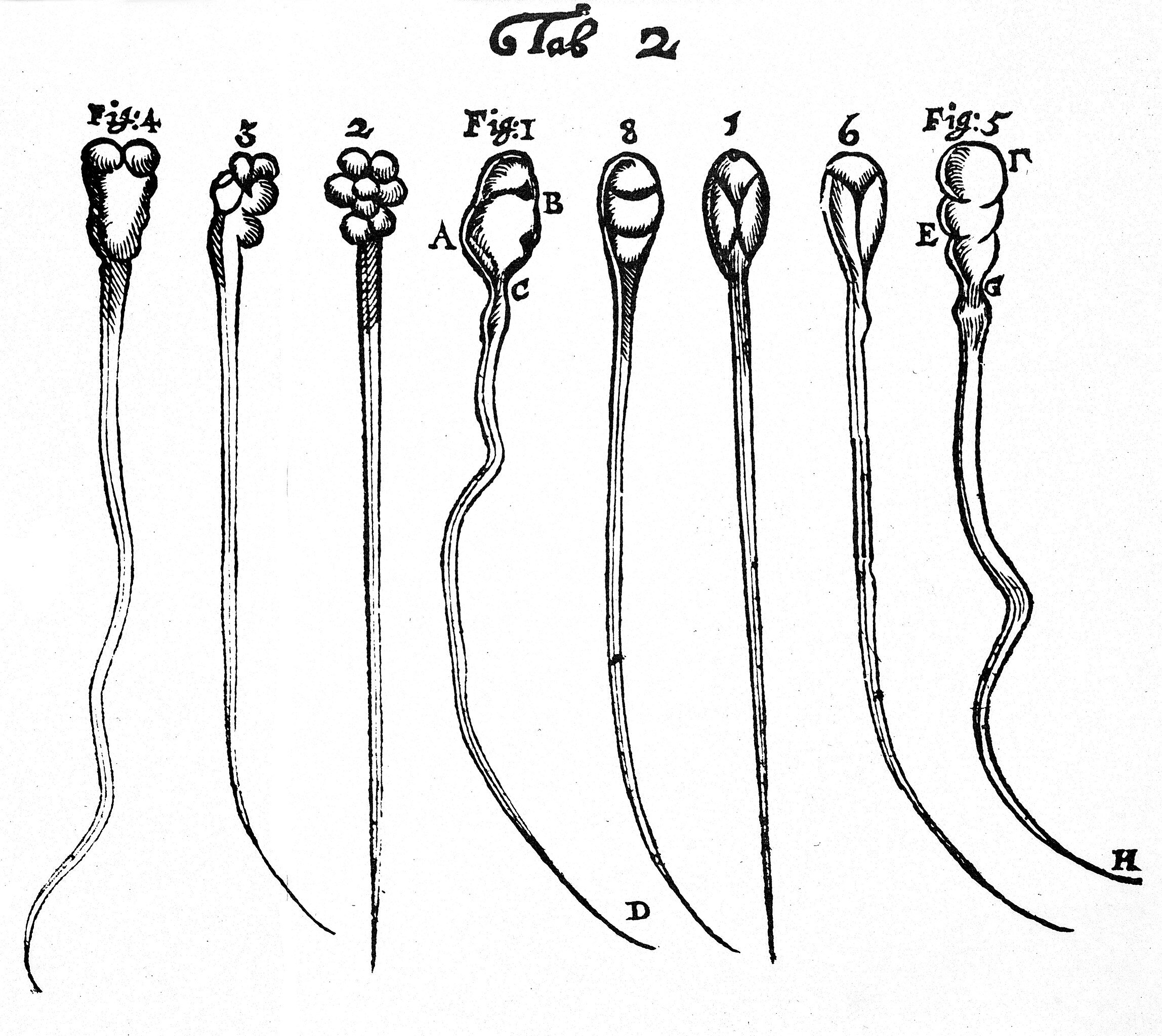Theories on Emergence of Microscopic Life
The vast diversity of life on earth has fascinated humanity since antiquity and has driven us to develop numerous theories on the mechanisms generating diversity. Aristotle (384-322 BC) was the first person known to have a hot theory on how life diversified on earth: through spontaneous generation. Nonetheless, the invention of the microscope (1682) by Antonie von Leeuwenhoek delivered a blow to the observation of the spontaneous flourishing of life, including maggots, flies, vermin, fungi etc., from non-living things, such as rotten food, setting the framework for “Aristotelian Abiogenesis''. In 1859, the fade-in of microscopic living made Louis Pasteur test if the observation of “spontaneous generation” is due to microbes propagating in air. To test that, he boiled beef broth in an instrument of his invention that diffused air in and out but did not allow any microbial particles through. Pasteur’s boiled broth did not contain life, and confirmed the idea that diverse life on earth did not spontaneously arise from non-living things and implied that organisms arose from other organisms. Nonetheless, no one had a theory on where the microscopic life filtered out by Pasteur came from by the end of Pasteur’s experiment, not even Pasteur. By the mid 19th century, there was a gap in humanity’s understanding of how different microscopic living organisms emerged, yet bright people were already exploring ideas on the emergence of different macroscopic life either due to curiosity on human history and where humans came from or by sheer fascination by nature.
Figures 1-4 in the image show rabbit sperm and Fig. 5-8 show dog sperm observed by Leeuwenhoek (Image thanks to the permission of Wellcome Trust)


